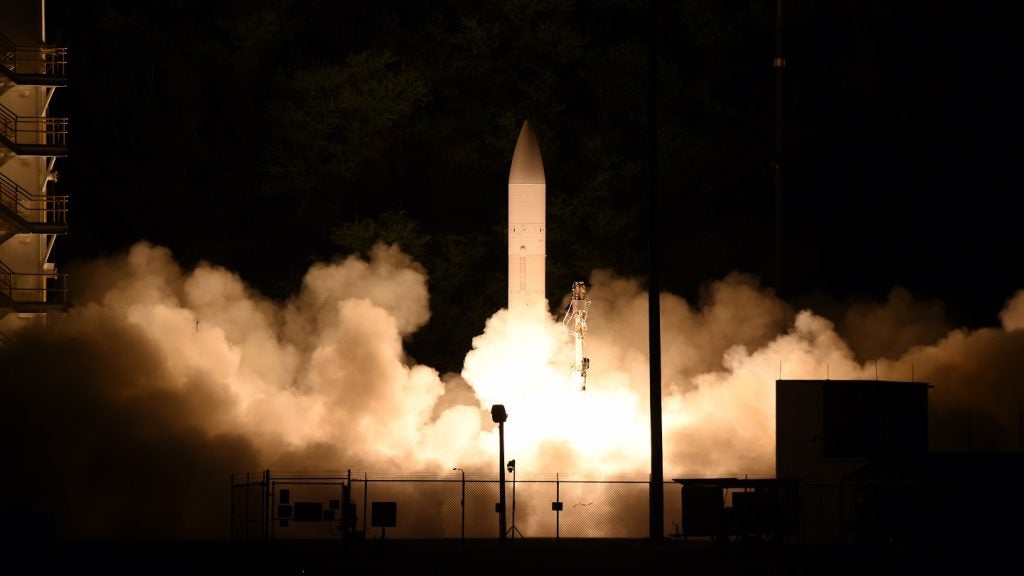US-based Dynetics has been awarded a $428.2m contract for the development of Common-Hypersonic Glide Body (C-HGB) prototypes, coming nearly four years after a previous deal with the US Army.
In a 24 July Department of Defense contract announcement, it was disclosed that the latest prototype platform development deal would conclude in July 2027, with $43m in funding being obligated at the time of the award.
The announcement replicates an earlier award to Dynetics in September 2019 for the manufacture of 20 C-HGB prototypes. The prototypes were to be supplied to the US Army, US Navy and the Missile Defence Agency, and also left the door open for future production of more glide bodies.
Following that deal, Dynetics was acquired by Leidos in a $1.6bn deal, which was completed in 2020.
Despite the regular contract awards, development of hypersonic missiles in the US appears to have fallen behind rivals China and Russia, both of which claim to have fielded operational hypersonic weapons.
US investment continues
Efforts by the US to develop hypersonic weapons capabilities have seen considerable investment poured in by defence primes, such as the AGM-183 Air-Launched Rapid Response Weapon (ARRW). Awarding a $480m development contract in 2018 to Lockheed Martin, the programme saw considerable funding committed by the US Government in subsequent years, including a near $1bn contract modification for the ARRW critical design review in 2019.
The US Air Force requested ARRW development funding totalling $382m in FY2021 and $581m in FY2022. By 2023, reports suggested that the US Air Force would not be buying the platform following the completion of all flight tests.
The generally accepted classification for a weapon to be ‘hypersonic’ is for munitions travelling at speed in excess of Mach 5. The US does field missiles capable of speeds in excess of Mach in the role of ballistic interceptor, such as the exo-atmospheric SM-3 Black IIA, reach can reportedly reach speeds above Mach 13.
Arms race for hypersonics?
Outside of the big three militaries of the US, Russia, and China, the development of hypersonic systems has become increasingly important, with the capability potentially being able to defeat conventional ground-based air defence networks.
Earlier in July the UK announced that it was looking to create a framework to provide a route for the development of a hypersonic strike capability, in a potential agreement that could be worth an estimated £1bn ($1.29bn) over a seven-year period.
Meanwhile, in June, France’s General Armaments Directorate successfully conducted its first test firing of a hypersonic glide vehicle.









